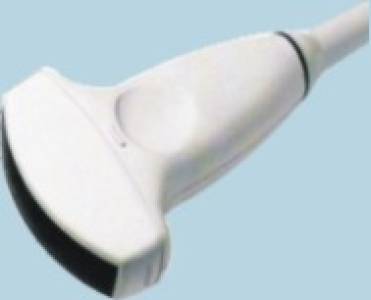
Convex probes, also known as curvilinear probes, are a cornerstone of ultrasound imaging, offering a versatile solution for a broad spectrum of diagnostic needs. Their unique curved surface allows for a wider field of view compared to linear probes, making them ideal for examining deeper structures while maintaining excellent image quality.
Key Features & Benefits:
Specifications (Vary by Model):
Choosing the Right Convex Probe:
The optimal convex probe for a given application depends on several factors, including the desired depth of penetration, the size of the area to be imaged, and the required level of image resolution. Consult a medical equipment specialist or ultrasound expert to determine the most appropriate probe for your specific needs.
Note: Specifications may vary depending on the manufacturer and specific model. Always refer to the manufacturer's documentation for detailed information.